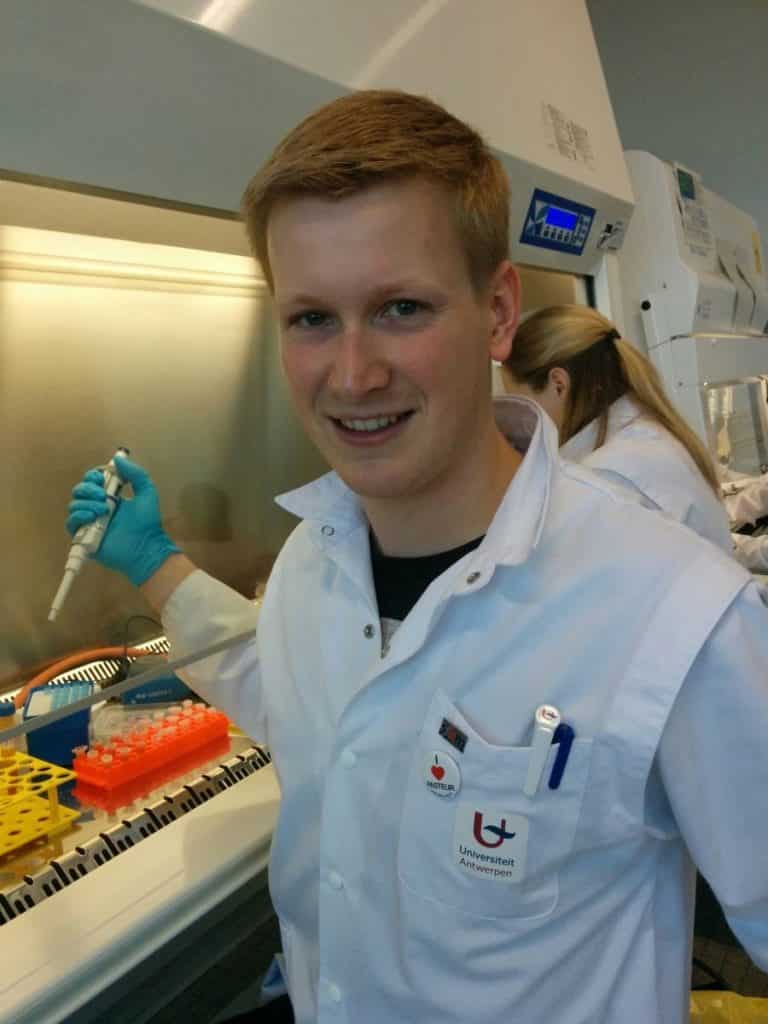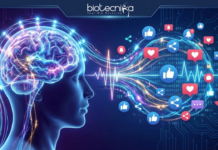Bitcoin Concealed in the DNA
A self-confessed “DNA Junkie”, Sander Wuyts, a Ph.D. student from the University of Antwerp (UAntwerp) and Vrije Universiteit Brussel (VUB), has won one bitcoin, worth over $10,000 by decrypting a DNA sequence.
Nick Goldman is a well-known British scientist specialising in DNA and the ability to store data in it. In January 2015, the European Bioinformatics Institute professor, gave a presentation on the subject at the prestigious World Economic Forum in Davos.
“DNA is a really good way of storing information,” Goldman explained. “Unlike a memory stick, for example, DNA lasts for a long time, long after the death of the ‘owner’. It’s also very compact: you can store an incredible amount of information in a minuscule space.”
On the same platform, a challenge was proposed- to decode a DNA sequence in order to gain access to a key that would unlock a digital wallet, with a three-year time limit. Goldman’s challenge was set to expire on January 21, 2018. If no one had successfully sequenced a DNA sample by that time, the Bitcoin reward would have become moot.
With the deadline coming up, Goldman sent out a reminder on Twitter as no person who had obtained the tube of DNA, presumably had been able to crack the code. This tweet caught the attention of Wuyts, who requested a DNA sample from Goldman and spent the last month working with his colleagues at school to crack the code.

“When I read the tweet, it goes without saying that I was extremely enthusiastic,” Wuyts wrote on his blog. “I still remember myself announcing to all of my colleagues that we should drop everything we’re doing and start solving this challenge.”
Working alongside his colleagues, the computational microbiology student used the genome sequencing tools available via his university to make a play for the prize. As luck would have it, he was able to successfully decrypt the three-year old Bitcoin puzzle just five days before it was due to expire.

Wuyts says that the message contained instructions on how to claim the bitcoin, a few other notes, the logo of the European Bioinformatics Institute, and a sketch of James Joyce.
“To be honest, I had my doubts about the feasibility of using DNA to store data and this challenge changed that — Now I know very well that this new technology offers great opportunities, maybe even for my own future research,” Wuyts says.
As for the bitcoin, Wuyts writes in his blog that he plans on holding it until the right time. “I’m probably going to sell it [the bitcoin] when the time is right and then use some of the money for my research. With the rest of the money, I can thank the colleagues who helped me and celebrate my PhD in style,” he concludes.
Meanwhile, the fact that the key was successfully decoded demonstrates how DNA storage might be used to great effect. According to Goldman, it’s a particularly safe way to store keys since not everyone has access to sequencing software — and since it takes a matter of days to read the data, it can protect investors against their tendency to sell in a panic.























